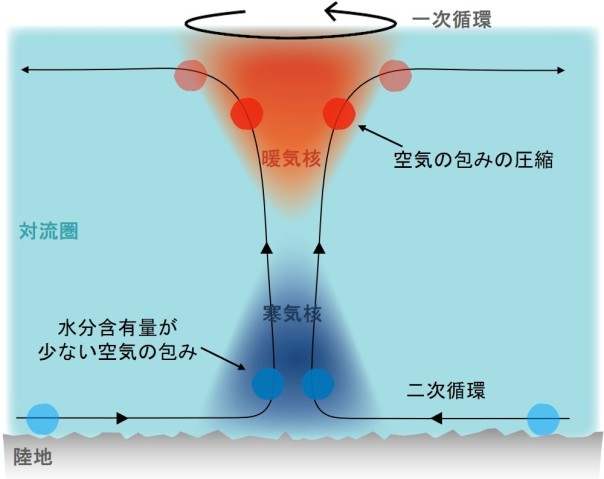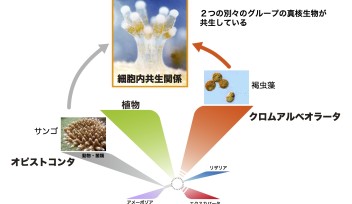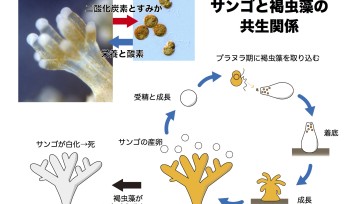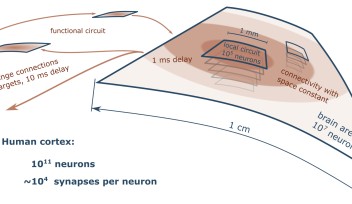The thermodynamics of a hurricane over land

Once a hurricane moves over land, it loses its moisture supply so the air contains less moisture. Air must rise further before it reaches a temperature where it can no longer hold the level of water vapor. The vapor therefore condenses and releases heat as a higher point, shrinking the warm core to the upper half of the hurricane, while the rising air forms a cold core at the bottom.
Once a hurricane moves over land, it loses its moisture supply so the air contains less moisture. Air must rise further before it reaches a temperature where it can no longer hold the level of water vapor. The vapor therefore condenses and releases heat as a higher point, shrinking the warm core to the upper half of the hurricane, while the rising air forms a cold core at the bottom. Professor Pinaki Chakraborty and Dr. Lin Li studied the thermodynamics of landfalling hurricanes as part of a study in Physical Review Fluids.
Copyright OIST (Okinawa Institute of Science and Technology Graduate University, 沖縄科学技術大学院大学). Creative Commons Attribution 4.0 International License (CC BY 4.0).
Tags














